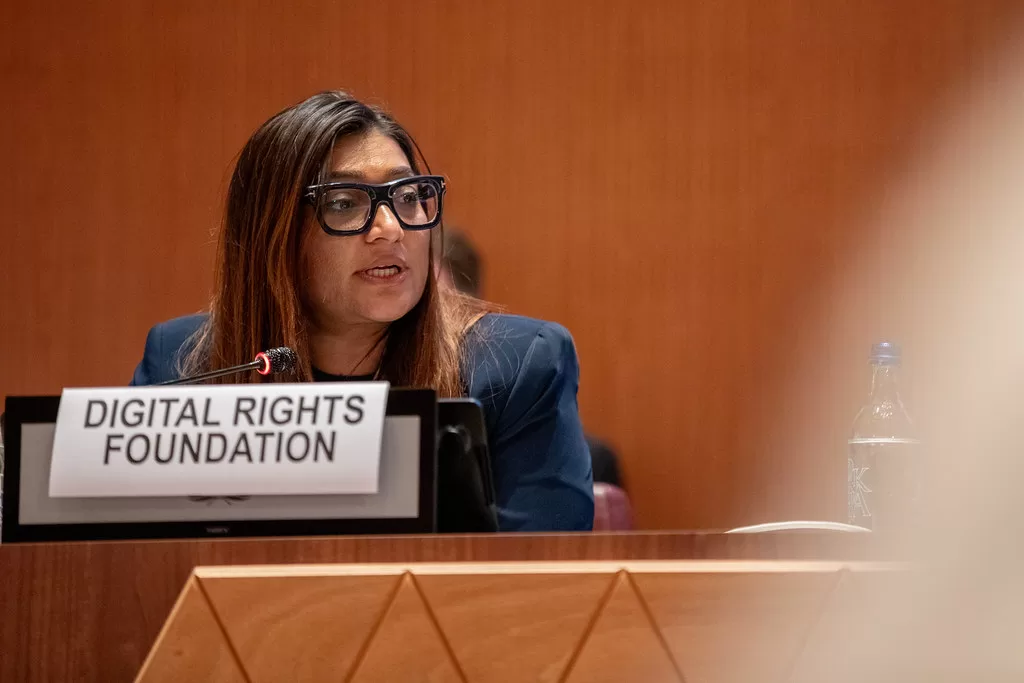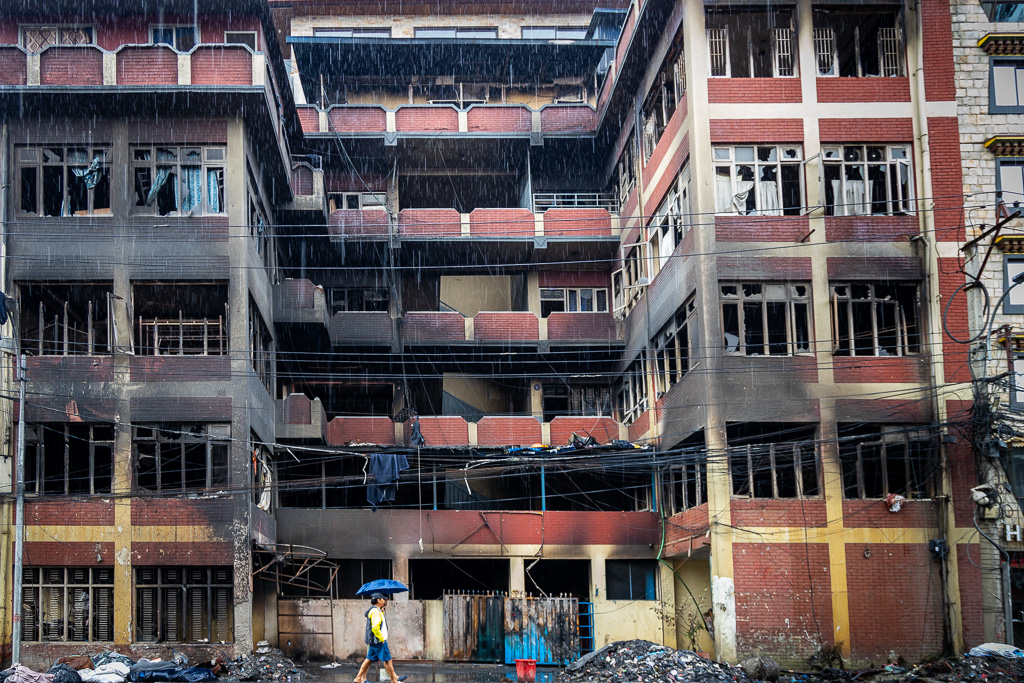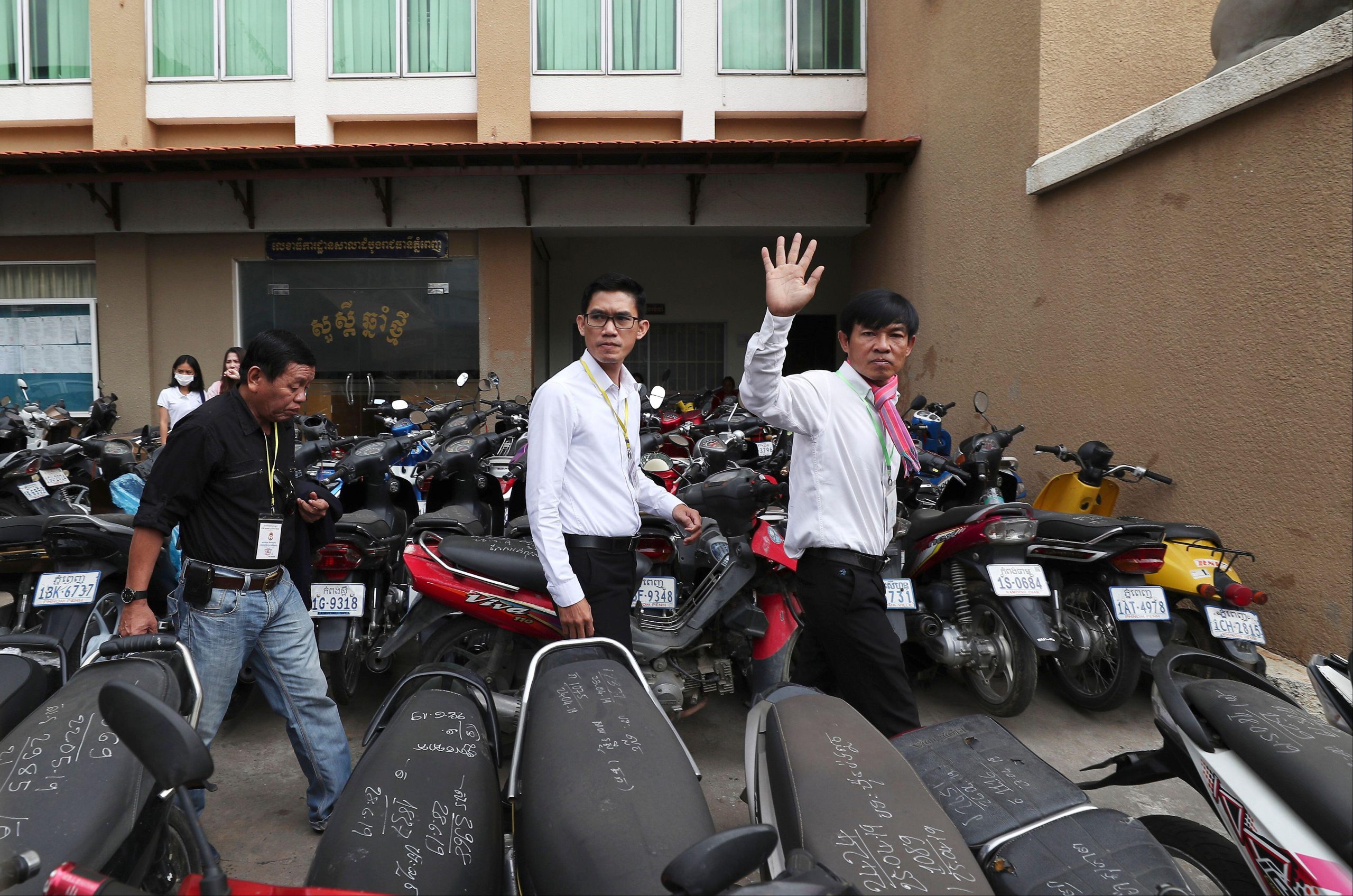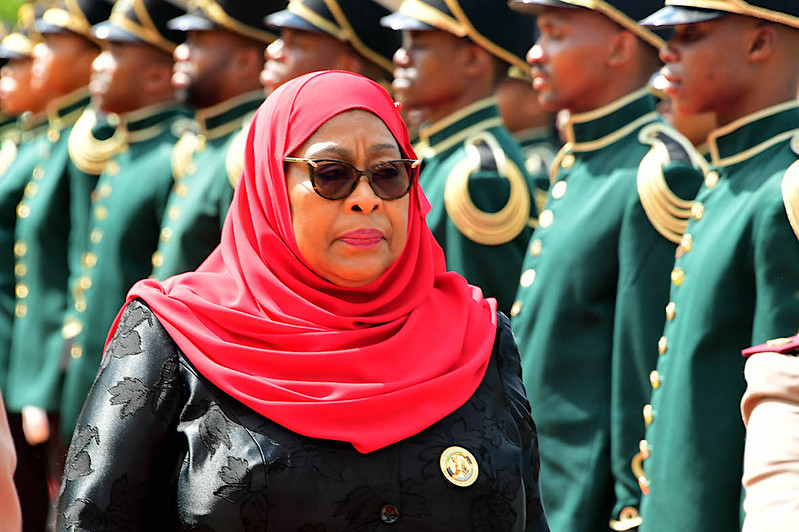The first time Gharidah Farooqi became a target of tech-facilitated gender-based violence (TFGBV) was in 2014. She was working as a reporter at Samaa, a private Pakistani television channel, and covering cricketer-turned politician Imran Khan’s anti-government protest that set off from the eastern city of Lahore in Punjab province to the country’s capital, Islamabad.
“I was there 24/7 on the ground and would go to the hotel just to take a few hours of rest,” she told Index.
“My morphed photos from the field coverage were posted on social media along with sexist and vulgar comments,” recalled Farooqi, who is currently working as a senior anchor at GTV, another private Pakistani TV channel.
“For the longest of time, I ignored it, but not in [my] wildest imagination had I foreseen a Frankenstein in the making,” said Farooqi, adding that people were not used to seeing a woman reporter in the field.
“For them it was just shughal [making fun] of me,” she said.
A decade later, the attacks have not stopped. In fact, they have taken on an even uglier and more dangerous shape through generative artificial intelligence (AI), which uses models to create new content.
“Generative AI is making TFGBV even more difficult to address,” explained Nighat Dad, a lawyer and internet activist who runs the not-for-profit organisation Digital Rights Foundation (DRF), which helps Pakistanis fight against online harassment.
She said that this technology gives the creator power to change the original image, text, audio or video very quickly, in a way that makes it hard to identify whether it is an original or a deepfake, terming it “photoshopping in a more sophisticated manner”.
For Farooqi, “the period between the calm and chaos” is so short, she barely gets any respite. Along with the organised campaign by political parties’ supporters, there is a daily barrage of abuse on her social media pages, she said, adding: “It is not mere trolling; trolling is a very harmless word compared to what I’m facing.”
She’s not the only one to have had a taste of this form of violence.
“The prime targets are of course women, although a few men have also been targeted,” said Farooqi. Many have reached out to her, “mostly for emotional support” and to ask her how to seek legal help.
In her experience, female colleagues have always supported each other, and supported her in particular, for which she says she’s “eternally grateful”.
“Gharidah faces [more] attacks than any other journalist,” said Dad, who is constantly being contacted for help by women journalists.
The DRF has a helpline and a resource kit that offers a list of places offering help. Between January and November 2023, 22 female and 14 male journalists reached out to DRF with complaints including blasphemy accusations, abusive messages, bullying, blackmailing, censorship, defamation, GBV, impersonation, online stalking, phishing, sexual harassment and threats of physical violence.
While Farooqi has learnt to navigate the legal mechanisms and lodge complaints, not everyone will be as astute in warding off cyber harassment.
The Prevention of Electronic Crimes Act 2016 “carves out certain offences such as morphing of pictures or videos etc., which is done using tech tools”, according to Farieha Aziz, a cybercrime expert and co-founder of Bolo Bhi, an advocacy forum for digital rights.
But the “manner in which online harassment cases are executed and dealt with, despite complaints being lodged and arrests being made, remains problematic due to a lack of priority by the Federal Investigation Agency [FIA]. Either these women do not hear back or there is no progress on complaints they’ve made, at various stages of the case,” Aziz said.
After filing complaints eight times, Farooqi said, it was only on her most recent complaint (made last month), that any action was taken by the FIA when her personal details – her home address and her telephone number – were made public.
“I started getting anonymous calls and messages threatening me with rape and even death warnings. It was the first time that the agency took swift action and got the posts deleted,” she said.
The Karachi-based Centre of Excellence in Journalism has produced a safety kit for women journalists “on how to protect themselves and where and how to report,” Aziz told Index, adding that they also provide counselling.
“There has been pervasive and persistent online harassment, sexualised and otherwise gendered disinformation faced by women journalists in Pakistan, with many being threatened with physical assault and offline violence. We’ve witnessed multiple incidents of female journalists’ private information being leaked online with what we can say are well-planned and directed efforts to silence them and [which] resulted in stalking and offline harassment,” said a statement by the Pakistan-based Network of Journalists for Digital Rights earlier this month, condemning the use of TFGBV and generative AI to attack female journalists.
Farooqi considers generative AI as yet another weapon to silence and subdue women journalists. Claiming to be a woman with “nerves of steel”, she said she has to be thick-skinned to be able to survive these attacks. To keep sane, she advises people to never engage with attackers.





